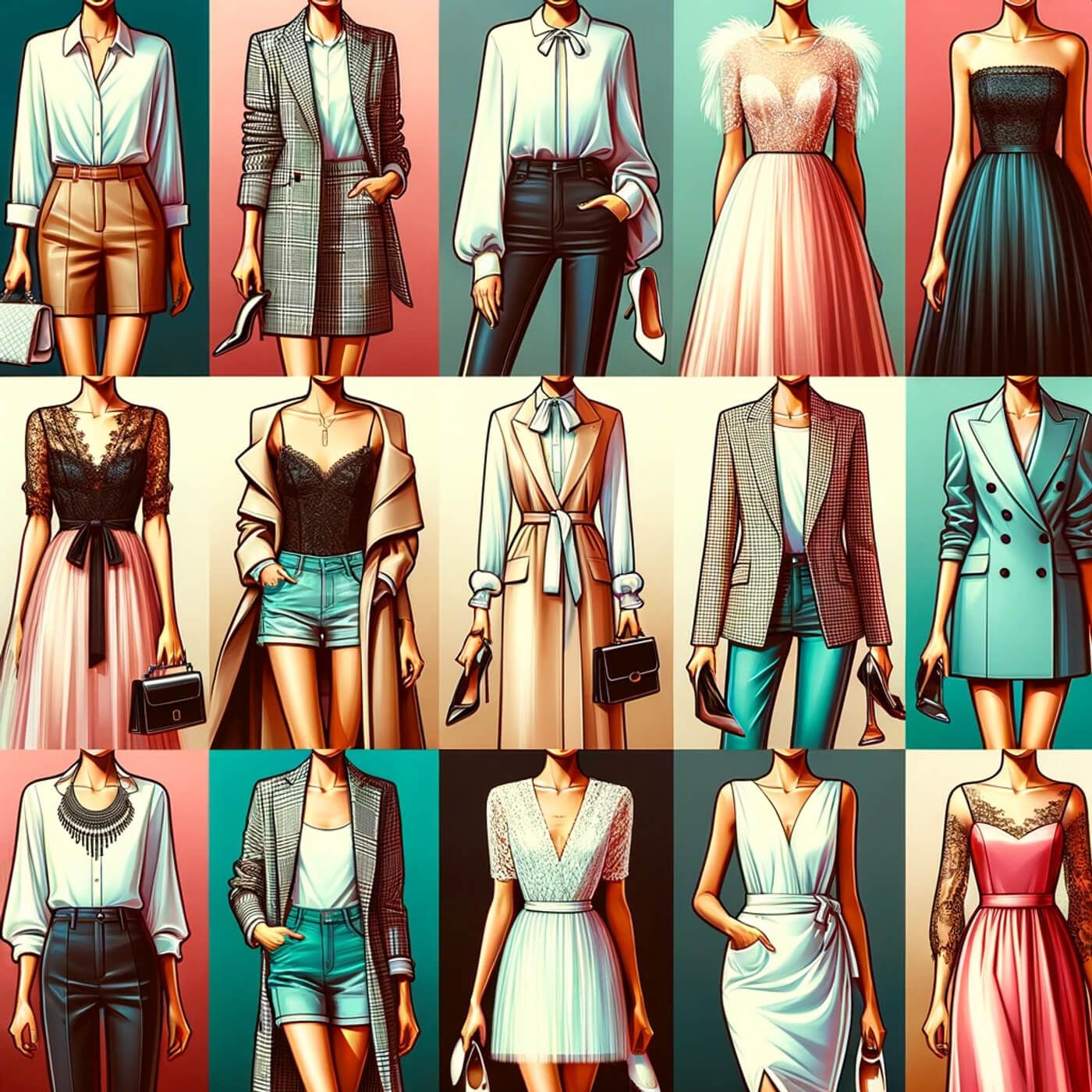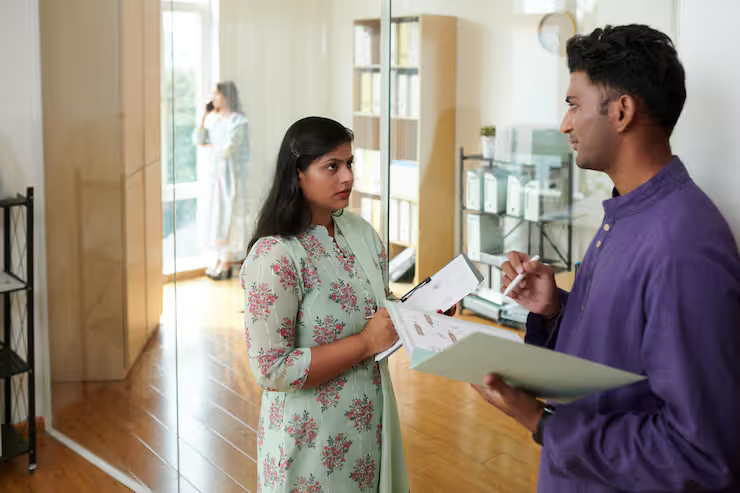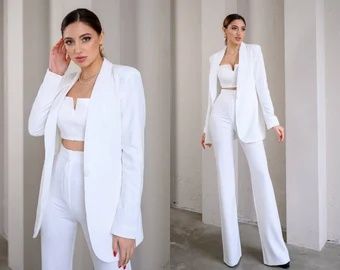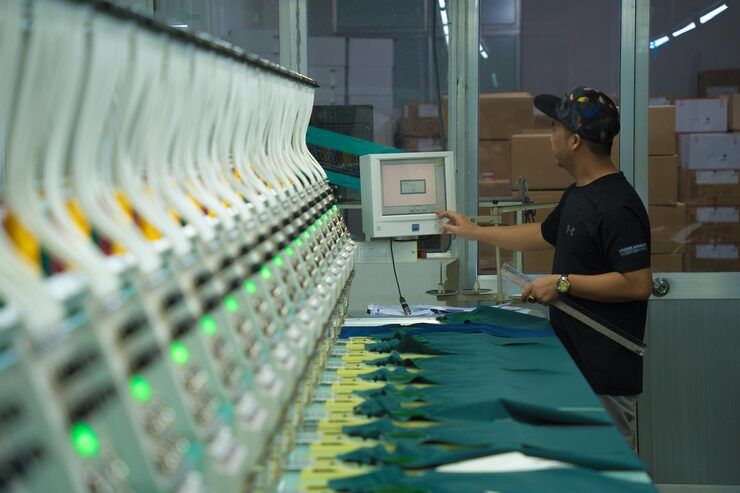Explore Women’s Formal Wear: A Complete Guide with Style Insights and Fashion Facts
Women’s formal wear represents elegance, professionalism, and cultural expression through clothing designed for business, ceremonial, and social occasions. Over time, the definition of “formal” has evolved expanding beyond gowns and tailored suits to include contemporary blends of sophistication and comfort. Today, women’s formal attire is influenced by global fashion movements, fabric technology, sustainability trends, and workplace diversity.
From boardroom meetings to award functions, women now have a wide range of formal options that reflect both individuality and dress codes. This guide explores what formal wear means today, why it matters, how it’s evolving, and what resources can help women make informed wardrobe choices.
Why Women’s Formal Wear Matters
Formal wear plays an essential role in creating a professional and polished appearance. It helps communicate confidence, attention to detail, and respect for occasion-specific norms. Whether it’s corporate meetings, official dinners, interviews, or cultural ceremonies, formal clothing enhances credibility and personal branding.
Key reasons why women’s formal wear remains relevant:
-
Professional identity: A formal look helps project authority and competence in professional environments.
-
Cultural significance: Many traditions and global events still emphasize formal attire as a sign of respect.
-
Social impression: Properly styled formal wear contributes to positive first impressions.
-
Fashion innovation: Designers continually modernize formal wear with sustainable materials and versatile silhouettes.
In 2025, the global formal wear market is expected to exceed, supported by the rise of hybrid workplaces, global fashion exchanges, and increasing demand for sustainable fabrics.
Recent Trends and Fashion Updates
The past few years have reshaped how women approach formal wear. While traditional styles still hold value, the emphasis on comfort, inclusivity, and eco-friendly materials has changed the landscape of fashion.
Notable updates and trends (2024–2025):
| Trend | Description | Popular Examples |
|---|---|---|
| Power Suits Reimagined | Tailored suits are now designed in pastel tones, oversized cuts, and breathable materials. | Linen blazers, relaxed-fit trousers |
| Sustainable Fabrics | Shift toward eco-conscious materials like organic cotton, bamboo silk, and Tencel. | Reformation, Stella McCartney collections |
| Formal Dresses with Minimalism | Clean lines, neutral colors, and timeless designs dominate. | Midi sheath dresses, structured gowns |
| Cultural Fusion Styles | Combining traditional elements with modern tailoring for diverse audiences. | Saree gowns, kimono jackets, ethnic-inspired blouses |
| Gender-Neutral Influence | Increased adoption of fluid silhouettes suitable for all identities. | Blazer dresses, structured jumpsuits |
Global fashion events such as Paris Fashion Week (March 2025) and Milan Fashion Week (February 2025) have highlighted the growing trend of sustainable luxury and multi-purpose formal wear.
Rules, Dress Codes, and Policies
Formal wear is often guided by corporate, institutional, or event-specific dress codes. While laws do not directly regulate fashion choices, several workplace and social guidelines influence what is considered “appropriate” attire.
Corporate and institutional standards:
-
Business Formal: Typically includes suits, tailored dresses, or skirts in solid or neutral tones.
-
Business Casual: Offers more flexibility structured blouses, dress pants, and blazers are acceptable.
-
Event Formality: Black-tie or gala events often require gowns, evening dresses, or coordinated two-piece outfits.
Government and organizational policies:
-
Many public institutions emphasize equality and inclusivity in dress codes, ensuring attire respects gender expression and cultural norms.
-
Sustainability initiatives by governments, such as the EU Green Deal (2024) and India’s Textile Sustainability Mission, promote eco-friendly formal wear production.
-
In countries like the United Kingdom and Canada, organizations now adopt gender-neutral dress code policies, giving employees freedom to choose attire that aligns with both professionalism and comfort.
Helpful Tools, Fashion Platforms, and Resources
For individuals exploring women’s formal wear, several tools and online platforms can support smart wardrobe decisions. From virtual styling assistants to educational fashion resources, these options help in understanding body types, color coordination, and fabric selection.
Useful online tools and resources:
-
Polyvore Alternatives (e.g., ShopLook, URSTYLE): Create digital outfit boards to plan formal looks.
-
Cladwell: Helps users organize wardrobes and plan daily outfits based on weather and style preferences.
-
Vogue Runway Archive: Access fashion week collections for inspiration.
-
Pinterest Fashion Boards: Explore real-world styling ideas and formal outfit combinations.
-
Fashion Institute of Technology (FIT) Resources: Offers articles on textile innovation and global fashion trends.
-
Good On You: Rates brands based on sustainability and ethical practices.
Style planning checklist:
| Task | Description | Example |
|---|---|---|
| Identify event type | Determine whether the event is business, ceremonial, or social | Conference, gala dinner |
| Choose base color palette | Stick to 2–3 core colors | Black, beige, navy |
| Select appropriate fit | Comfort and mobility are key | Tailored or relaxed fit |
| Accessorize thoughtfully | Minimalist jewelry and structured bags | Pearl earrings, clutch |
| Evaluate fabric sustainability | Choose breathable, eco-friendly options | Organic cotton, silk blends |
These resources not only simplify wardrobe choices but also encourage mindful fashion decisions aligned with global sustainability goals.
Frequently Asked Questions
What is considered women’s formal wear today?
Women’s formal wear includes structured suits, blazers, tailored dresses, skirts, gowns, and jumpsuits designed for professional or ceremonial use. Modern formal wear balances tradition with functionality.
How is formal wear different from business casual?
Formal wear typically involves stricter dress codes with tailored designs and conservative tones, while business casual allows flexibility with textures, patterns, and accessories.
What fabrics are suitable for women’s formal clothing?
Popular fabrics include wool, silk, satin, crepe, linen, and sustainable alternatives like Tencel and bamboo blends that offer both comfort and durability.
What are the emerging color trends in formal wear for 2025?
Muted pastels, monochrome sets, and timeless neutrals are leading the trends, offering versatility for professional and event-based dressing.
How can one maintain and store formal clothing properly?
Use breathable garment bags, padded hangers, and professional cleaning for delicate materials. Rotate outfits to maintain fabric integrity.
Conclusion
Women’s formal wear continues to evolve, merging style with practicality. From timeless suits to innovative, sustainable materials, today’s options emphasize individuality and professionalism. As workplaces and events become more diverse and inclusive, formal attire now celebrates confidence, comfort, and expression rather than conformity.
By exploring educational fashion resources, understanding dress codes, and embracing sustainability, women can make informed style choices that reflect both their personality and modern values. Fashion, at its best, remains not only about what one wears but how thoughtfully one chooses to wear it.




